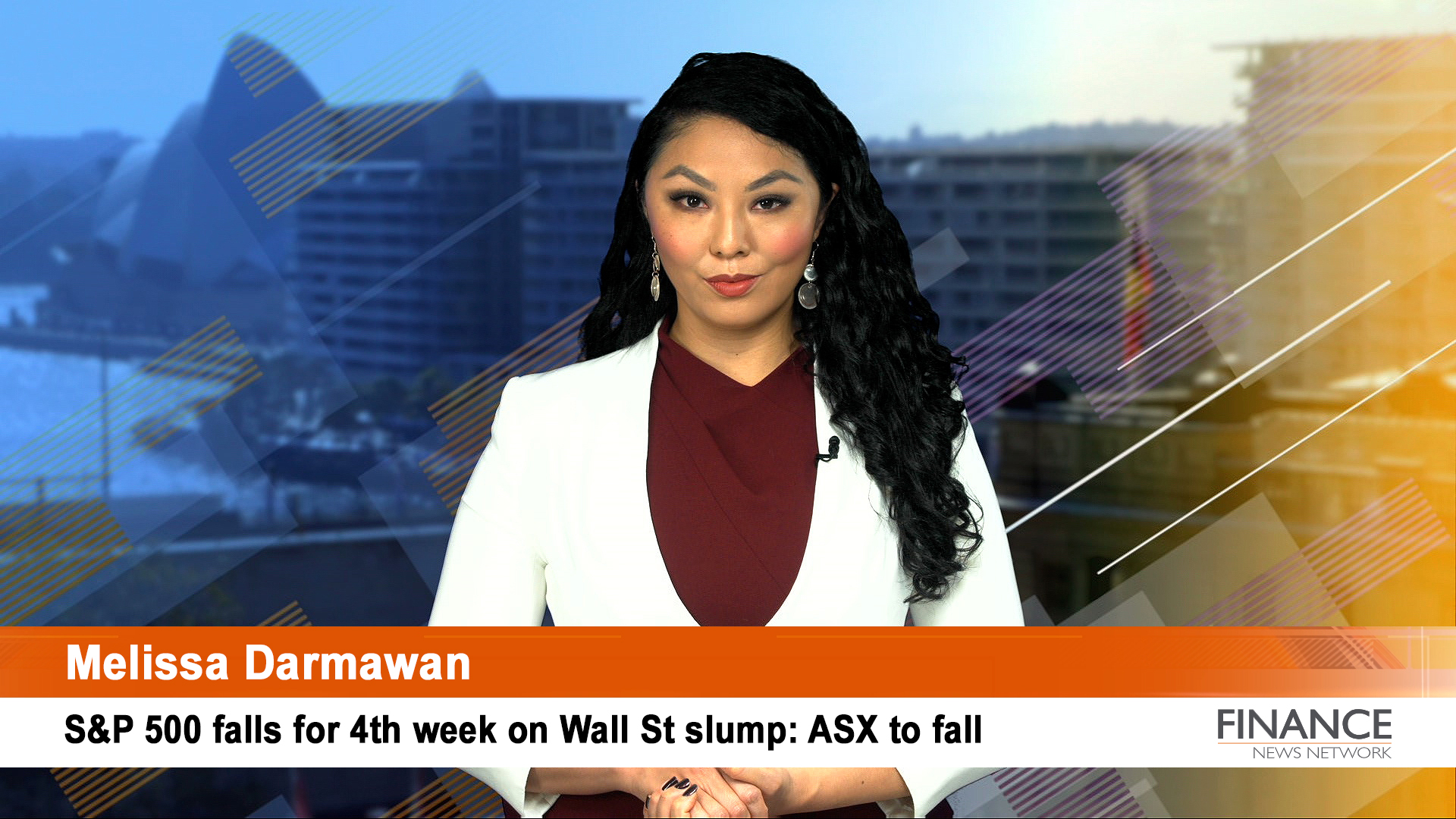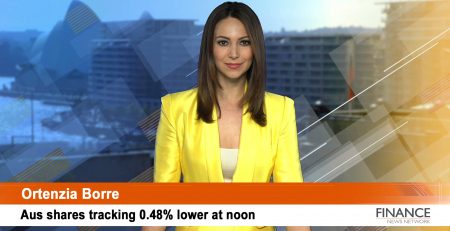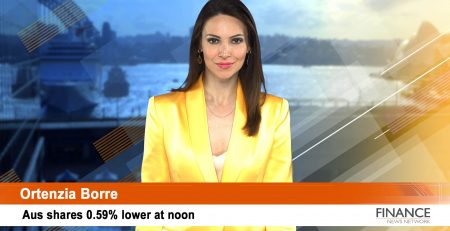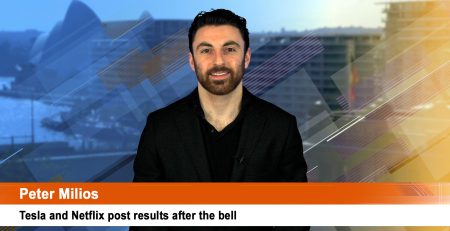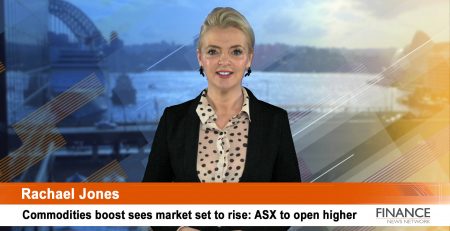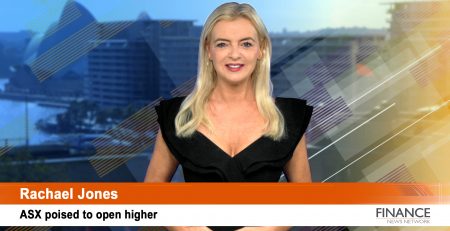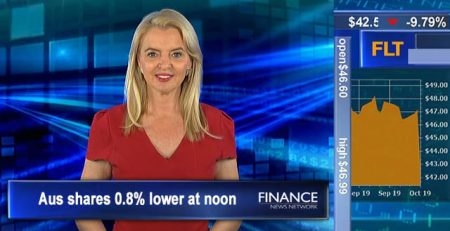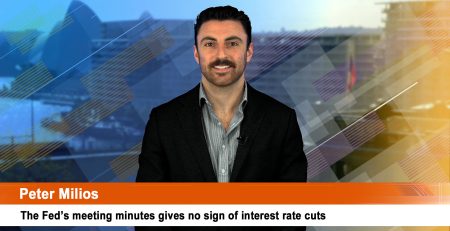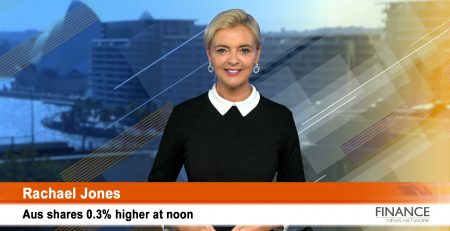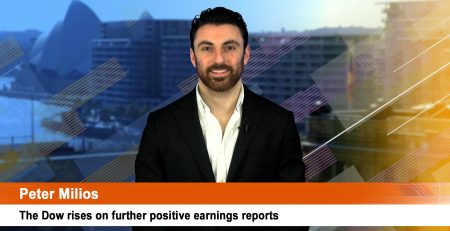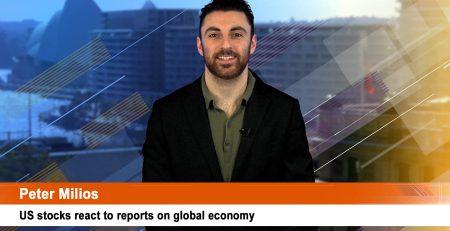S&P 500 falls for 4th week on Wall St slump, Ukraine & Russia war fears loom: ASX to fall
Mounting tension between Russia and Ukraine spurs market sell off and treasury yields to recover. Weekly review on Wall and ASX. What to look out for this week as more central bankers are set to speak.
Good morning. Inflation and war fears loom hotter than cupid. I’m Melissa Darmawan for Finance News. I hope you had a great weekend. This is your market outlook.
The Australian sharemarket is set to fall as volatility continues to define the market.
Ukraine invasion triggers market sell-down
US stocks slumped on Friday amid escalating tensions between Russia and Ukraine. US intelligence believes a potential Russian invasion of Ukraine could come before the conclusion of the Winter Olympics in Beijing.
With conflict looming and safety eroding, the White House recommended American citizens leave Ukraine, with UK Prime Minister Boris Johnson and our Prime Minister Scott Morrison, urging respective citizens to do the same, sending the price of oil soaring.
This followed last month’s order for US diplomats and family at the Kyiv embassy to leave Ukraine. Along with the United States, Japan, Israel, Norway, and South Korea all urged citizens to evacuate the country.
Catalyst triggers over emotional market
In the backdrop of this macro risk, fresh 40-year high inflation figures stunned Wall St, putting tech names under pressure. The yield on the 10 year treasury tapped 2 per cent last week before recovering, amid investors pricing in a five rate hike cycle this year. The week prior, the blockbuster jobs report showed that employers were hiring amid the Omicron wave, the total opposite to expectations. The catalyst continues to trigger an over-emotional market.
If this wasn’t enough, the University of Michigan consumer sentiment index fell to 61.7 in February from 67.2 in January, its lowest level in more than a decade. The tumble has been driven by rising inflation and less confidence in the government's economic policies which is no surprise.
Despite this, earnings season has helped offset some of the blow, as results have largely beaten expectations as traders balance the macro risk with underlying earnings strength. This diffused nerves leading investors to be in a sanguine state again in this volatile 2022, before it was interrupted by the heightened geopolitical tension.
So what do investors do in this environment?
The landscape has so far seen a strong search for value stocks, and weakness in high duration players like tech, communication services, consumer discretionary, and healthcare, while the low duration stocks with less exposure to interest rates but strong earnings growth continue to outperform, so energy, financials, to a smaller extent materials, and real estate stocks.
ASX weekly review
Meanwhile, we saw the ASX buck the trend to US stocks, closing 1.4 per cent higher over the week, with a 3-day rally within that week amid heavy trading volumes, as Sydney Airport waved bon voyage after 20 years on the local bourse. The Supreme Court gave its tick of approval of its takeover by a consortium of superannuation funds and infrastructure investors.
Banks took the spotlight with Macquarie Group (ASX:MQG), National Australia Bank (ASX:NAB) and Commonwealth Bank (ASX:CBA) unveiling results, sending its stock higher by a range of 4 to 5.5 per cent. Amid several broker upgrades and target price hikes following the results, this also helped lift prices higher.
The price of iron ore rose 8.5 per cent over the week, supporting iron ore miners while travel stocks took-off on news that the international borders are set to reopen to double-vaccinated visa holders and tourists from Monday, 21 February, next week.
Wild week last week, again this week?
All this happened last week – a wild week, however if investors are looking for some kind of “normal” for now, if earnings continue to impress, stability in the results/trading updates could be the go to till investors gain more clarity around the outlook from global central banks.
However, be aware, the bond market has never been so volatile when compared to last year. This could create further volatility in equity markets so in times like this, there’s also the game of “time in the market, not timing the market”. Rome wasn’t built in a day.
Figures around the globe
At the closing bell, the Dow Jones lost 1.4 per cent to 34,738, the S&P 500 fell 1.9 per cent to 4,419 while the Nasdaq dropped 2.8 per cent to 13,791.
Across the S&P 500 sectors, energy was the best performer by 2.8 per cent, followed by utilities eked out a 0.01 per cent gain – we’ll take it! The rest closed lower led by information technology, down 3 per cent, consumer discretionary, and communication services.
The yield on the 10-year treasury note fell 11 basis points, gold rose on a firmer greenback, but to add the Japanese Yen rallied as investors duck for cover. This knee jerk reaction is not the first time this has happened. The yen is a safe-haven currency of choice.
Across the Atlantic, European markets closed lower. Paris lost 1.3 per cent, Frankfurt fell 0.4 per cent and London’s FTSE closed 0.2 per cent lower.
Asian markets closed lower. Tokyo’s Nikkei was closed, Hong Kong’s Hang Seng fell 0.1 per cent and China’s Shanghai Composite fell 0.7 per cent.
On Friday, the Australian sharemarket closed almost 1 per cent lower at 7,217, as mentioned gained 1.4 per cent over the week, but down 3.1 per cent for the year so far.
SPI futures
Taking all of this into the equation, the SPI futures pointing to a fall of 0.5 per cent.
What to look out for this week
It’s a big week of colour from central bankers.
Today President Christine Lagarde is set to make a speech. Tomorrow the RBA meeting minutes are due, while on Wednesday governor Philip Lowe, deputy governor Guy Debelle and assistant governor Michele Bullock are set to speak, plus we will receive the FOMC minutes. On Thursday, there are three speeches from Fed officials.
When it comes to economic data, it kicks off tomorrow with ANZ-Roy Morgan consumer confidence figures, more inflation data in the US with the producer price index data, and Eurozone’s GDP.
The big one with us is the labour force figures on Thursday from the Bureau of Statistics. I’ll break this down closer to the day on what to expect.
Reporting season
Aurizon Holdings (ASX:AZJ)
Bendigo and Adelaide Bank (ASX:BEN)
Boral (ASX:BLD)
Beach Energy (ASX:BPT)
Carsales.Com (ASX:CAR)
GPT Group (ASX:GPT)
JB Hi-Fi (ASX:JBH)
Praemium (ASX:PPS)
SKYCITY Entertainment Group (ASX:SKC)
Ex-dividend
There are four companies trading ex-dividend today.
Dicker Data (ASX:DDR) is paying 15 cents fully franked
QV Equities (ASX:QVE) is paying 1.2 cents fully franked
Scentre Group (ASX:SCG) is paying 7.25 cents unfranked
Suncorp Group (ASX:SUN) is paying 23 cents fully franked
Dividend-pay
There are four companies set to pay eligible shareholders today.
Alternative Investment Trust (ASX:AIQ)
Boral (ASX:BLD)
Charter Hall Long WALE REIT (ASX:CLW)
KKRCredit Income Fund (ASX:KKC)
Commodities
Iron ore has dropped 2.3 per cent to US$150.15. Its futures point to a 7.6 per cent fall.
Gold has gained $4.70 or 0.3 per cent to US$1842 an ounce. Silver is down $0.15 or 0.7 per cent to US$23.37 an ounce.
Oil has added $3.22 or 3.6 per cent to US$93.10 a barrel.
Currencies
One Australian Dollar at 7:50 AM has weakened since Friday buying 71.37 US cents (Fri: 71.58 US cents), 52.68 Pence Sterling, 82.34 Yen and 62.96 Euro cents.
Register – Investor event
Our first investor event for the year is on Tuesday 22 February at 12.30 AEST with Shaw & Partner’s market strategist Martin Crabb, and three CEOs presenting. Make your way to fnn.com.au to register for your free online spot.
Copyright 2022 – Finance News Network
Source: Finance News Network

